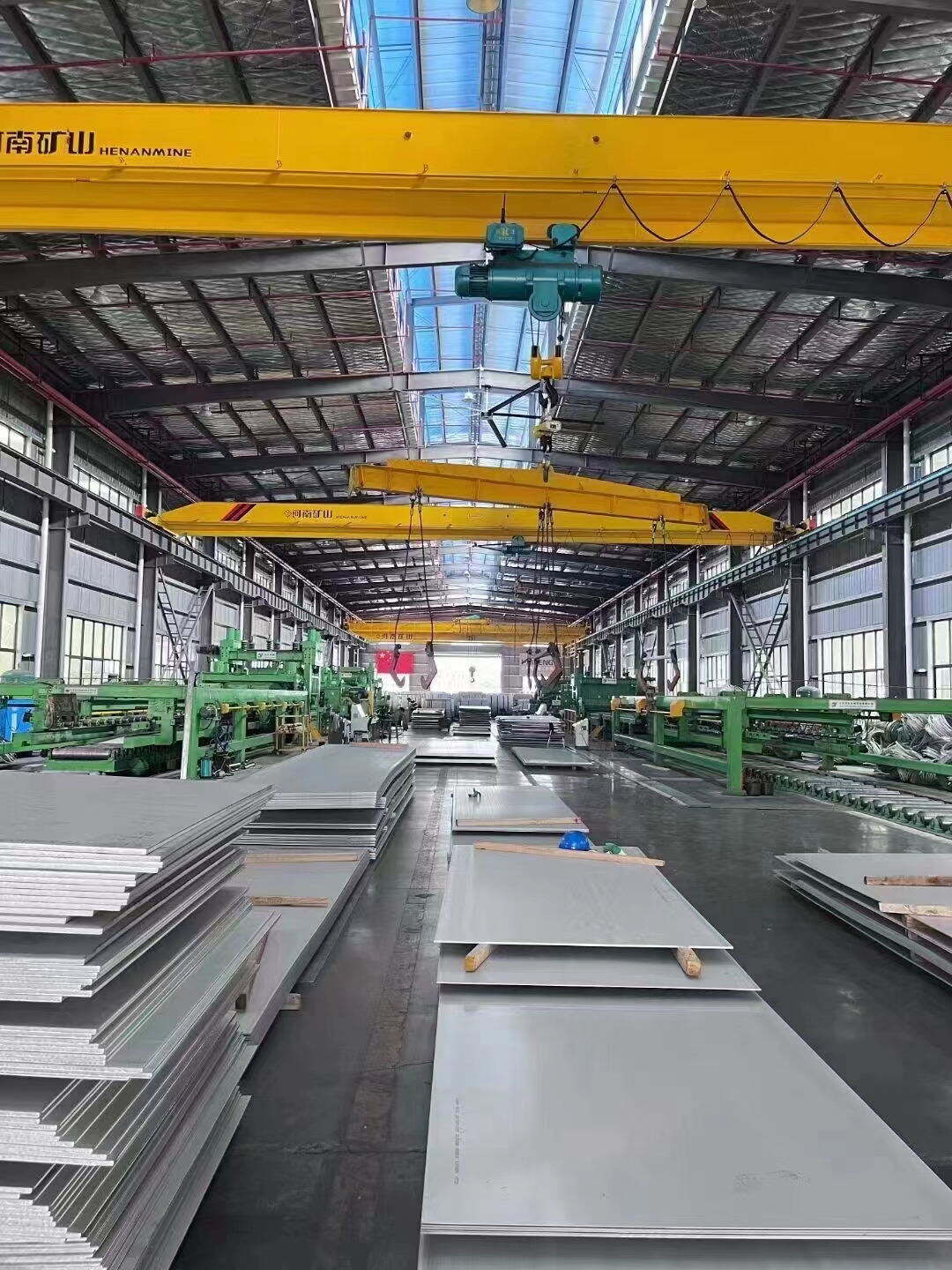316 stainless plate
316 stainless plate represents a premium grade austenitic stainless steel that offers exceptional corrosion resistance and durability. This versatile material contains molybdenum, which significantly enhances its resistance to pitting and crevice corrosion, particularly in chloride environments. The plate exhibits remarkable strength at elevated temperatures and maintains its structural integrity across a wide temperature range. Its chemical composition typically includes 16-18% chromium, 10-14% nickel, and 2-3% molybdenum, creating a material that excels in demanding applications. The 316 stainless plate demonstrates superior resistance to various chemicals, acids, and industrial solvents, making it an ideal choice for marine environments, chemical processing equipment, and pharmaceutical manufacturing. Its non-magnetic properties and excellent weldability facilitate seamless integration into various fabrication processes. The plate's smooth surface finish not only enhances its aesthetic appeal but also contributes to improved cleanability and reduced bacterial adhesion, crucial for applications in food processing and medical equipment manufacturing. With a yield strength typically ranging from 30,000 to 35,000 PSI, it provides reliable performance in structural applications while maintaining excellent ductility and forming characteristics.


